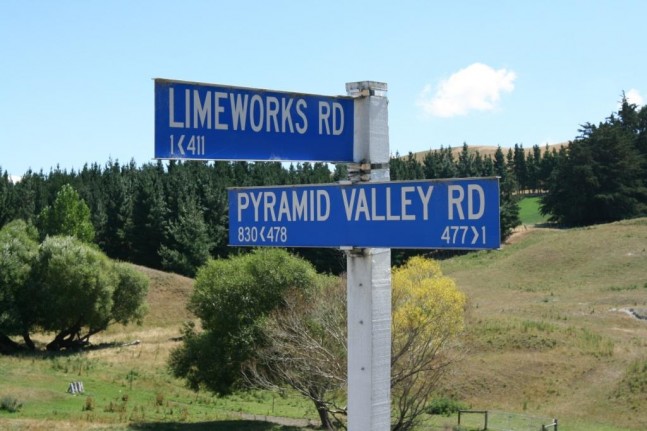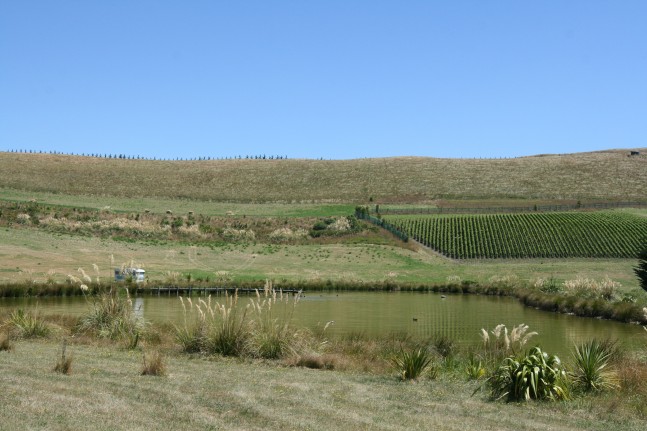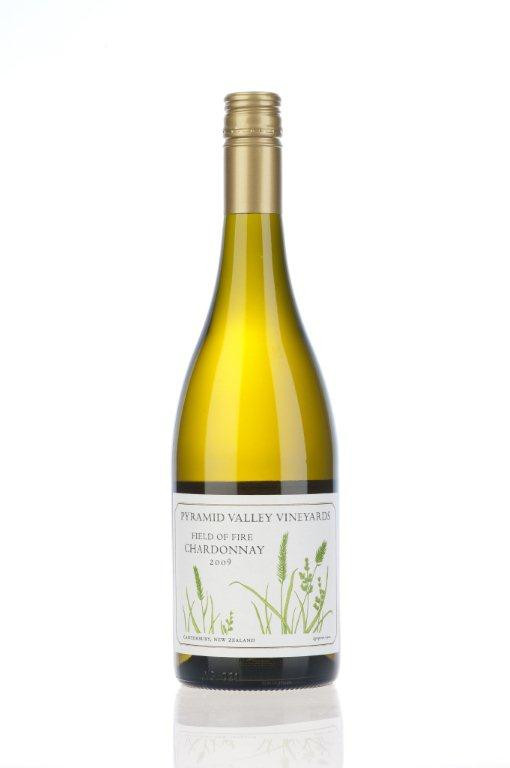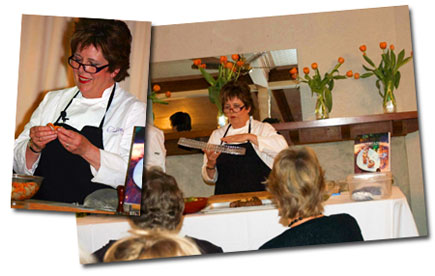Speaking at a corporate wine evening recently, themed on biodynamic wines and having just delivered a crash course on Wine Feng Shui, it was no surprise that one of the more wine-savvy people in audience asked the predictable question, “Do biodynamic wines taste better?” And in the same breath, “How do I taste the difference between a biodynamic wine and a normal wine?”
It’s one of those confronting questions that used to have me on the back foot; a straightforward, honest question that in its innocent simplicity completely dismisses the intricate complexities and painstaking toiling of an all-encompassing approach that extends beyond the vineyard to the entire property; it’s a way of life as much as it is an unbending strive for purity and personality and ultimately an unadulterated expression of soil and place.
But it is a fair question, for the average wine consumer or even the enthusiast who wants to cut through the mumbo jumbo and get to the crux of the matter – just enjoying the wine.
My reply was “Yes. Absolutely; I am convinced biodynamic wines taste – different.” I pause… allowing the inquisitiveness to build at the same time teasing the sceptics.
I then put forward the question “Is different better?” answering it myself, “Yes, I certainly think so, that is if you appreciate individuality and complexity in wine…perhaps not if your tastes are more conventional.”
I then state, “How do I taste this difference?”, at the same time motioning to my sommelier to start pouring the first wine perceiving it’s time to alleviate the impatience of our thirsty audience, and proceed to explain, “Energy and texture are the sensations that I perceive most in biodynamic wines – a tangible vitality in the wine and texture that is so slippery-smooth and a gentleness to the wine the belies a palpable intensity – of flavour and liveliness”.
There’s an audible shifting of seats and that gaze from the audience that clearly indicates they all think I have been ‘smoking something’ and things are getting way too metaphysical. It’s that moment when you feel the vibe that you are losing the audience and anymore talk will be futile and only serve to heighten suspicion.
So, I say no more, beckoning to try the first wine – which is served blind so there are no preconceived thoughts interfering with this exercise of discovery – sitting back to observe the expressions and reactions of my increasingly disbelieving audience.
There’s a lot of sniffing and slurping… frowning of foreheads, raising of eyebrows, shifting of seats, taking in another sip… deep-thinking, audible silence yet changing facial expressions; expressions of satisfaction and visible signs of an adrenalin rush, as if they have just discovered warp speed and taste neurons they didn’t know they had.
“Can you feel the energy in this wine?” I ask.

Pyramid Valley Road
“Yes!” comes back an immediate reply in unison.
“Can you feel the slippery-smooth texture in this wine?”
“Yes!” with an even more collective chorus from my audience, taking on a semblance of a gospel hymn and a resounding “Amen” to the preacher.
There is consensus amongst my tasters that the wine is intense and complex with an extraordinarily hedonistic bouquet and evocativeness that would suggest a wine of considerable substance, and yet the palate, as invigorating as it is, the mouth-feel is measured and harmonious; it is breathtaking in it power, intoxicating in its perfume, yet so harmonious and gentle – it’s an amazing wine – we all agree.
I tell them it’s a chardonnay, to which a collective look of disbelief is substantiated by a taster questioning, “It can’t be… Where’s the oak… and it seems too racy and exotic to be chardonnay”.
In reply, I explain there is no new oak used here, as the winemaker wants the individual character of soil and climate of each block (read separate vineyard) to express itself in the wine, thus is wild yeast fermented in a mixture of old oak and clay amphorae with no sulphur added and the ferment very slow, sometimes up to a year. With such a long ferment, the wine is very stable and bottled unfiltered with little or no sulphur added.
Yes, a ‘Natural’ wine and those of you who think they might be sulphur-sensitive, this is the sort of wine you should be drinking, and you should also read my article ‘The Wine Whisperer’ – click here. http://www.thewanderingpalate.com/buying-wine/the-wine-whisperer-%E2%80%93-%E2%80%9Cpinot-noir-does-not-fight-back%E2%80%9D/
I reveal the wine; a 2010 Pyramid Valley ‘Field of Fire’ Chardonnay, from Waikari in North Canterbury, about an hour’s drive north from Christchurch, New Zealand; to which there is a good deal of confabulation and acknowledgement of the wines complexity and above all – sheer drinkability.
I begin telling my audience of visiting this vineyard, with its rolling hills and lush countryside, the air sweet with wild flowers. There are craggy limestone outcrops that signal one is getting close to Pyramid Valley, in the knowledge this is one of the few vineyards regions in New Zealand that have clay-limestone soils.
I met with Claudia Weersing, who immediately asked if I would like to taste some wine, however I said with the limited time I have, I would much prefer to walk around the property with her.
This was a good outcome as you really get a sense of the different aspects of each block and I now have a blueprint in my mind of their vineyards and can translate this to their individual wines. I could also have easily followed their Labrador straight into the water dam; so refreshingly inviting it looked that summer’s day.

Pyramid Valley Vineyard
Winemaker, Mike Weersing, details on their website that he treats all the blocks in much the same way, both viticulturally and in the winery and it is purely the site expression that shows in each wine, “The Field of Fire slopes away to an eastern aspect and into the heaviest clay and makes typically a green-hued delicate wine.”
That may well explain the palate structure of the wine, although I see much more in this and as hedonistic as it is, I can’t help making the comparison to Chablis – Grand Cru Chablis – with it’s coiled up power and exhilarating acidity and tension, or energy.
This wine may be unconventional in terms of chardonnays international standard (read often boring) and there’s no question the Mike and Claudia Weersing are pushing the boundaries in every respect, to which they have earned the respect and adoration of the New Zealand wine industry.
Clearly, I am a big fan, but I want to say it louder, to the whole world wine stage – that Pyramid Valley is the quintessential new generation New Zealand vineyard – that evolution in the New Zealand wine industry is moving fast and there is a ‘coming of age’ with bountiful exciting wines, complex wines with organic and biodynamic vineyards exemplar, and Mike and Claudia Weersing are at the forefront.

Pyramid Valley Field of Fire Chardonnay
My tasting note for 2010 Pyramid Valley ‘Field of Fire’ Chardonnay:
A hedonistic perfume, initially dominated by esters, dried banana and a mealy-muesli character, breathing out to release golden delicious apple and nashi pear, also a little grilled pineapple (for me, a distinctive New Zealand chardonnay character) but also a degree of richness with custard and cheesy-lactose-brie nuances, further complexity of blanched almonds and a subtle white pepper and horseradish-like spiciness, moreover a profusion of minerality, pumice, wet sand, talc quality. Silky, airy-light palate entry, so un-chardonnay in a way, in the absence of conventional oak, very integrated, slides through the mouth with an intense lemon-edged tanginess and persistent grapefruit flavour, exhilarating stuff, wasabi-horseradish tailing, nice phenolic/blanched almond skin savoury twist and a bit of grubbiness (in the positive sense) with an all-encompassing sense of energy and mountain freshness. Stylistically a dead ringer for Grand Cru Chablis yet has its own distinctive personality; the perfect wine to serve up to ‘natural’ wine cynics, or New Zealand Chardonnay sceptics for that matter.
I am also detailing notes of their two home vineyard pinot noirs as they are equally exciting and wonderfully different.
Pyramid Valley Angel Flower Pinot Noir 2010
Alluring funky, mushroom, earthy aromas, breaths out with sweeter red berry fruit profile, red cherry and rich quince paste like nuances, very earthy, rust and deeply minerally, savoury, meaty, leathery, a decadently sappy style wine and I like it with its sheer drinkability and earthy, bony qualities and intense sweet n sour liveliness, focused, crunchy, juicy red berry fruits and yet a gentle wine, invisible tannins and supple enough to serve with grilled King Salmon.
Pyramid Valley Earth Smoke Pinot Noir 2010
Enchanting perfume, earthy and smoky (as the label says!), very minerally, terracotta clay, a profusion of red berry fruits – cherry, wild strawberry, a truly wonderful rich and spicy perfume inviting you to the palate with the fruit seemingly brighter and plusher than Angel Flower, also vivacious acidity and a seamless palate with an underlying earthy, sauvage nuance; intense lively farewell with penetrating red fruits – seductive pinot noir at its best.
Belying the miniscule production, Pyramid Valley wines are available in many countries around the world, in part I would suggest to Mike Weersing’s charismatic personality and marketing skills – the man can talk (and drink) under water. Visit their website for importers: http://pyramidvalley.co.nz/pages/stockists
It is quite likely the 2010 vintage will be sold out in some markets, but don’t let that deter you, snap up any Pyramid Valley wine you can get your hands on.
In my part of the world, Pyramid Valley are represented by the very best, specialist artisan winery importers – in Hong Kong, Altaya Wines www.altayawines.com – in Singapore, Artisan Cellars www.artisan-cellars.com
For those interested in discovering Biodynamic wines, the tasting I conducted comprised of the following benchmark wines:
Felton Road Riesling 2011 & Cornish Point Pinot Noir 2010, Central Otago, New Zealand www.feltonroad.com
Pyramid Valley ‘Field of Fire’ Chardonnay & Earth Smoke Pinot Noir 2010, North Canterbury, New Zealand http://pyramidvalley.co.nz
Rippon Vineyard Pinot Noir Mature Vines 2009, Wanaka, New Zealand www.rippon.co.nz
Jasper Hill Georgia’s Paddock Shiraz 2010 & Emily’s Paddock 2010, Heathcote, Australia www.jasperhill.com
Cullen Kevin John Chardonnay 2010 & Diana Madeline Cabernet www.cullenwines.com.au
Maison Joseph Drouhin Chablis Vaudesir Grand Cru http://www.drouhin.com/en
Felsina Berardenga Fontalloro 2006, Tuscany, Italy http://www.felsina.it/
Eban Sadie Columella, Swartland, South Africa http://www.columella.eu/english-sadie.htm
|
|
Tweet |






No comments to New Zealand White Wine of the Year – Pyramid Valley, Biodynamic Paradigm – 2010 Field of Fire Chardonnay, North Canterbury, South Island, New Zealand | Comments Feed
No comments yet
The comments are closed.